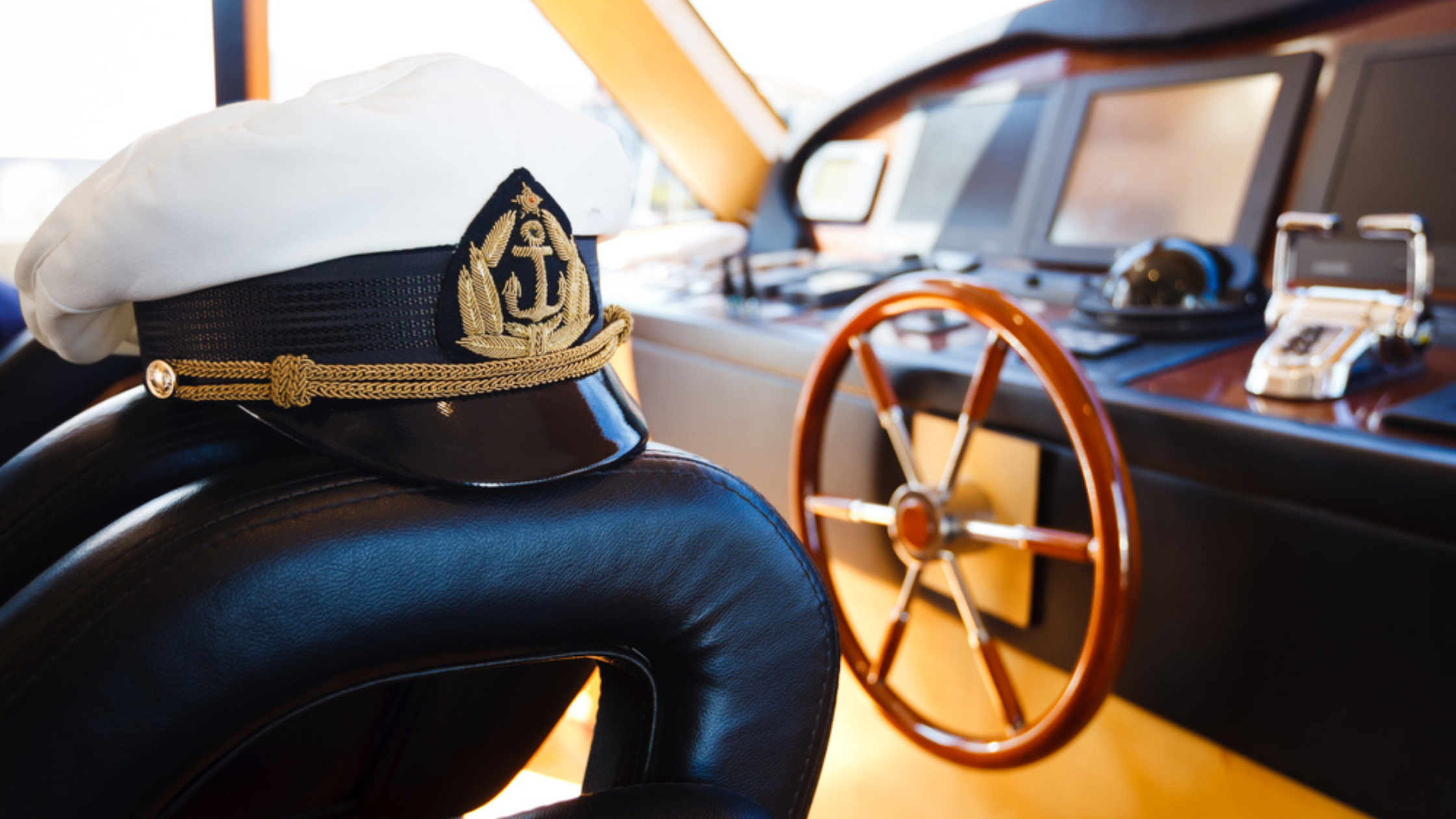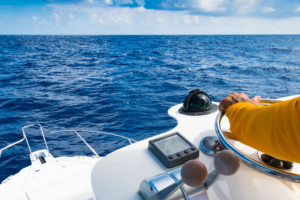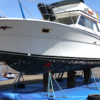
Embarking on a maritime career as a yacht captain for hire is an exciting journey, but navigating the intricate waters of licensing requirements can be daunting. Understanding the steps and levels of certifications set by the U.S, Coast Guard is crucial, and it’s essential to distinguish this professional certification from the state-authority permits for personal boating adventures.
Let’s take a look at what it takes to become a Master merchant mariner.
State Boater Cards certifications are not a captain’s license
Many states now require certification for anyone operating a motorized vessel. For example, since January 2020, the state of California requires private boaters 35 years and younger to have a Boater Card to operate their boat. Some people call this a captain’s license, but that’s a misnomer. You can obtain a Boater Card (by whichever name it goes) by completing an online course and paying a fee in your state. This kind of document is not sufficient if you want to work as a professional captain for hire whether for charter, fishing excursions, or in the maritime industry.

Captain of a cargo ship | Credit Tetiana Volkonska on Shutterstock
Professional captain licenses
Two main professional captain’s licenses are issued by the Coast Guard for recreational mariners. They’re the Operator of Uninspected Passenger Vessels (OUPV), also known as the “six-pack” or charter boat captain’s license, and the 50-, 100- and 200-Ton Master License. Beyond these, other (larger tonnage) licenses at different responsibility levels include inland operator, mate, engineer and Master with varying offshore mileage limits.
Licenses are needed in the recreational industry for working with fishing, sightseeing, diving, water taxi or sailing/motorboating charter vessels. Some insurance companies also require a Master license for anyone working as a delivery skipper.

CPR and First Aid Certification Class | Africa Studio on Shutterstock
Minimum requirements and steps for a captain’s license
The type of credential you are eligible for is based on the total days of service you can document as having served on a boat, where and when you served, and the tonnage of the vessels on which you served. This is called “sea time,” and once you amass enough, you qualify to sit for a written examination given by the USCG at a Regional Examination Center (REC) or via numerous credentialing schools around the country.
For all types of licenses, you need to be at least 18 years old, pass a drug test, and receive a clean bill of health from a USCG-certified physician. You also need to complete an application, pay a processing fee, and hold a current First Aid and CPR certification.
Operator of Uninspected Passenger Vehicles (OUPV) License
This license allows you to operate “uninspected vessels,” which means they and their equipment are less regulated. It’s called a “6-pack,” because the limit is six paying passengers (plus crew). The license can be for specific geographic areas such as the Great Lakes, inland waterways, or near the coastal United States up to 100 miles offshore. All OUPV licenses are for vessels of no more than 100 gross tons and require 360 days of sea time.
50- and 100-Ton Master License
This license allows you to operate both inspected and uninspected vessels up to the tonnage specified. The vessel can carry seven or more paying passengers for hire. These types of vessels typically have commercial functionality such as fishing charters, tour boats, whale watching boats and water taxis.
For Master licenses of varying tonnage, you need 720 days of documented sea time, 90 of which were completed in the past three years. You need to obtain a sailing endorsement if you command a sailboat. You must be a U.S. citizen to hold a tonnage-specified Master license.
Renewals and limitations

Ship Captain getting Sea Time | BigTunaOnline on Shutterstock
You need to renew your Master license every five years. This can be done via a written exam or proof of at least 360 additional days of documented sea time since your last certification. Applications, physicals and drug tests along with administrative fees, repeat as per the original licensing process.
A note on working as a charter captain on your own or other vessels. It’s a serious (and expensive process) to bring a vessel up to USCG inspection standards, so just because you hold a 100-Ton Master license, it doesn’t mean you can take your own (uninspected) boat out with 20 paying passengers on charter. There are also insurance repercussions to using your boat for commercial purposes like charter, so educate yourself as to the procedures and risks.
Education is key
The hardest part of becoming a professional captain is amassing the qualifying sea time that presumes you’ve gained the skills it takes to run a boat and pass the exam. Education in the whole process is key as is knowing the rules and laws.








